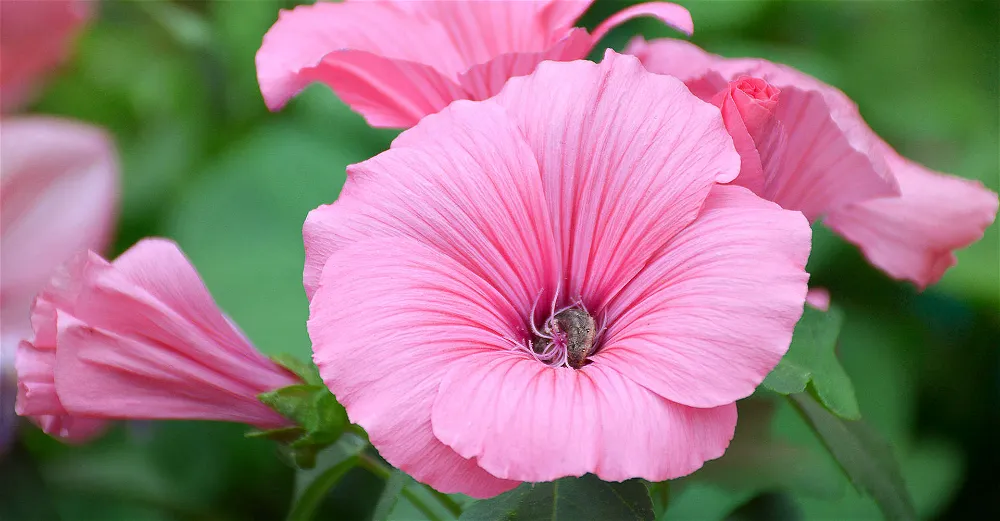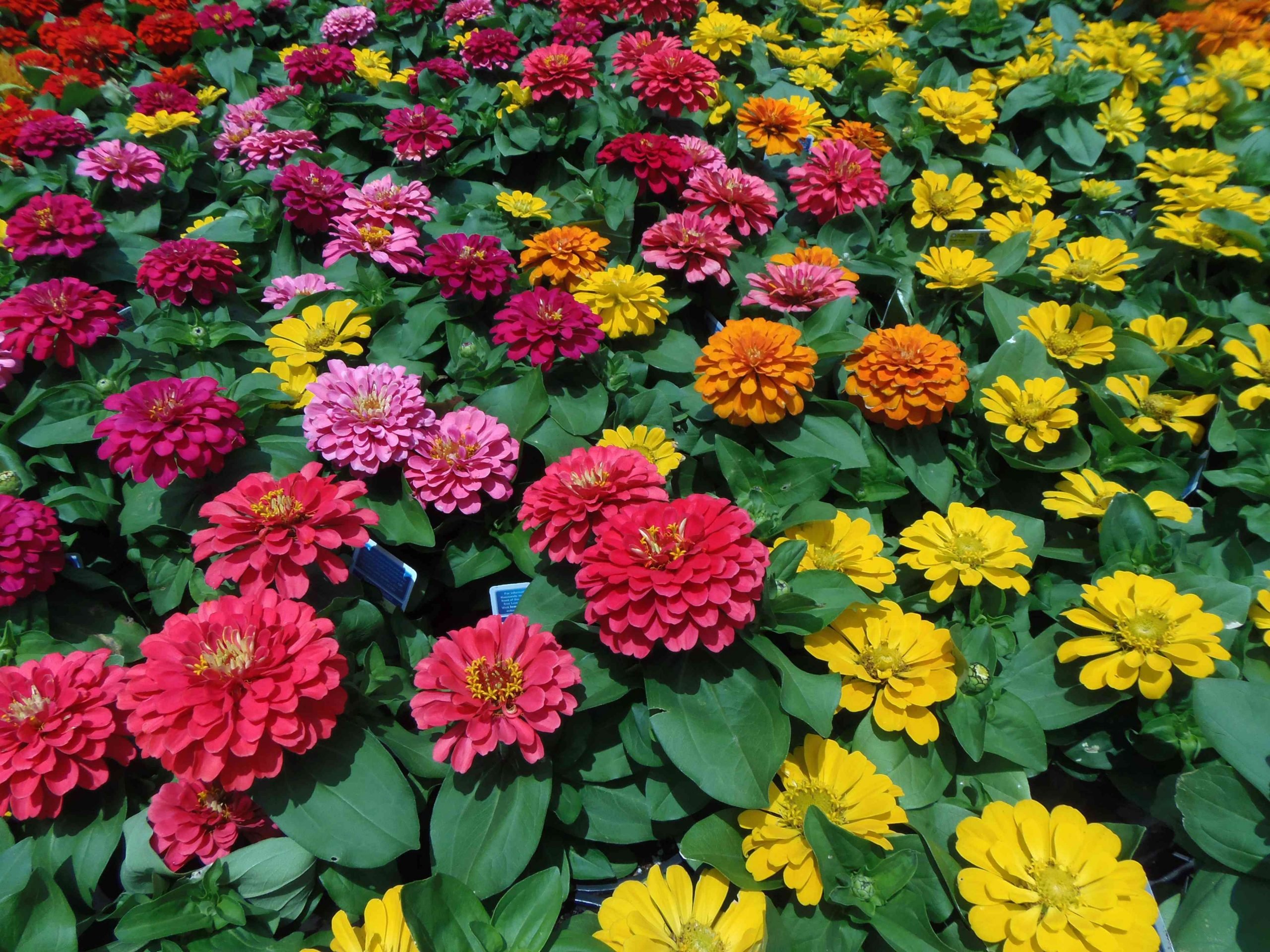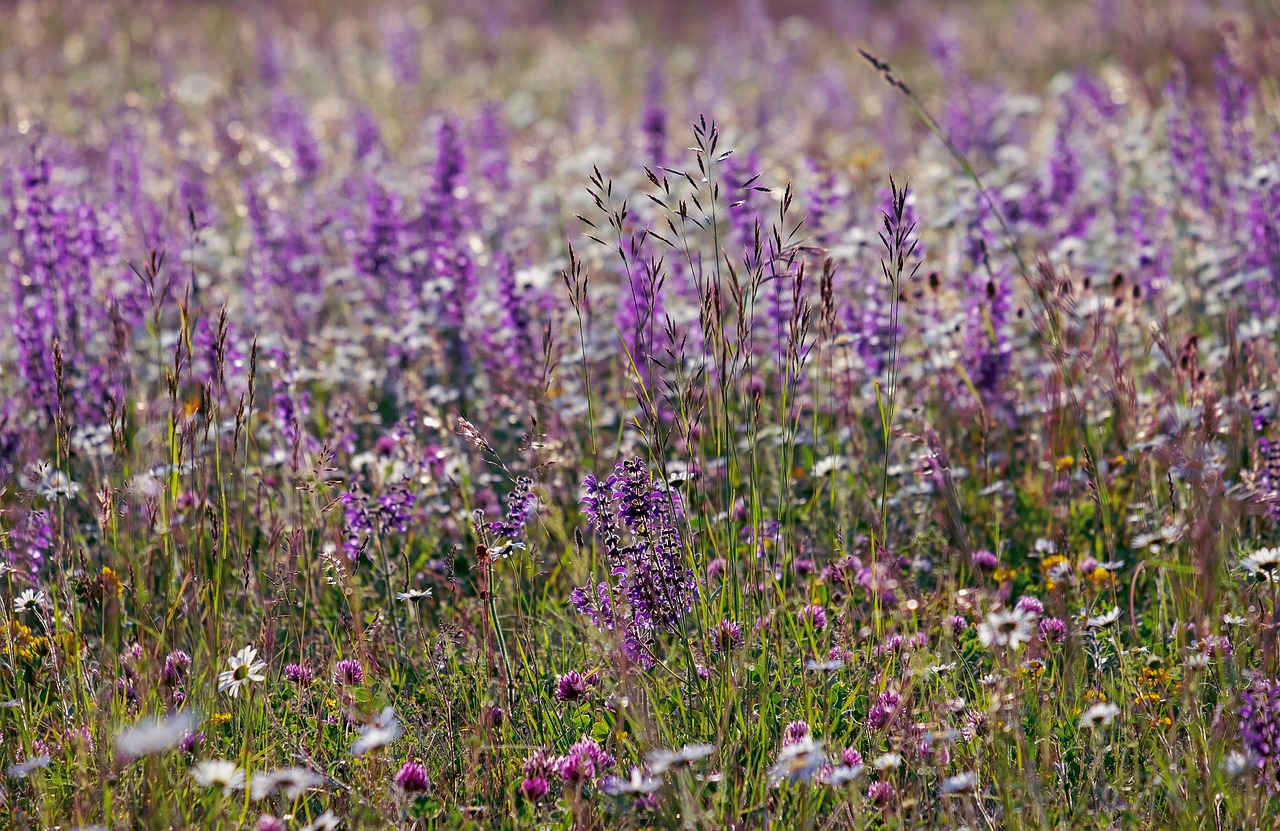Can You Overwinter Begonias in Hanging Baskets?
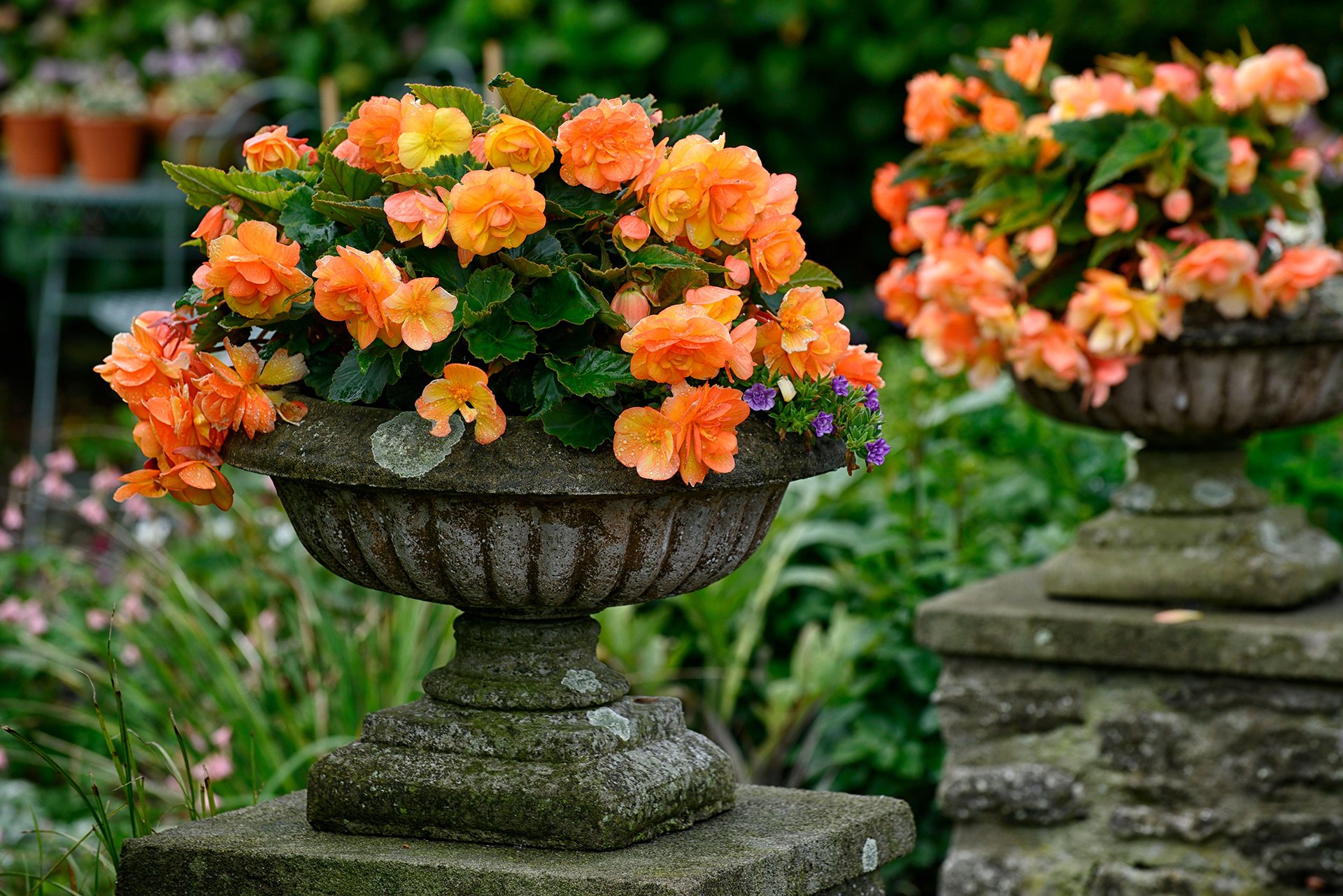
Table of Contents
Suppose you are worried about keeping your beautiful begonias alive during the winter. We will make it easy for you to learn how to overwinter begonias in hanging baskets. Begonias are stunning flowering plants that grow in warm weather, adding lively colors to your garden or porch. But when winter comes knocking, you may wonder how to ensure their survival.
The good news is that you can overwinter begonias in hanging baskets by following the right steps. We’ll help you through the process of preparing your begonias for the winter ahead, ensuring they remain healthy and ready to bloom when spring returns.
And tell where to store them. You’ll know how to protect your begonias during the cold season so you can enjoy their beauty year after year.
What is Begonias?
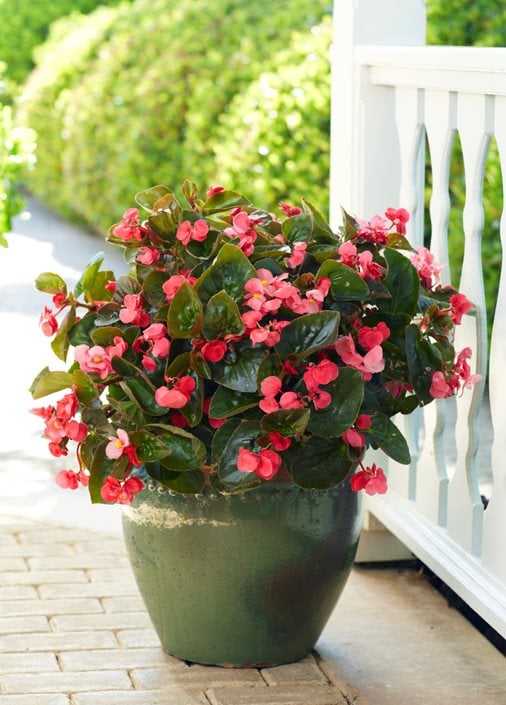
Begonias are lovely and lively flowering plants that belong to the Begoniaceae family. These plants are famous for their bright leaves and stunning flowers, making them a top choice for gardeners and plant lovers. Begonias come in different types, but most of them have crooked, heart-shaped leaves and grow bunches of fine, often brightly colored flowers.
Begonias can grow indoors or outdoors, depending on the type. You can also count how many begonia tubers in a hanging basket. They are known for being easy to care for and adaptable so that you can plant them in gardens, pots, or hanging baskets.
How to Overwinter Begonias in Baskets?

Overwintering begonias in hanging baskets can help you preserve these lovely plants during the colder months with some simple steps.
Step 1: Prune and Prepare
Trim your begonias before winter arrives to remove any long or overly grown parts. This helps keep them neat and healthy by stopping diseases.
Step 2: Bring Them Indoors
When it gets colder, bring your hanging baskets inside. Put them where there’s good, not too strong sunlight. Begonias like it best when it’s not too hot or too cold, around 60°F to 70°F.
Step 3: Reduce Watering
In winter, begonias take a break and rest. To take care of them, water is just enough to keep the soil a bit damp, but be careful not to give them too much water, as too much can make their roots get sick.
Step 4: Fertilize Lightly
Cut back on fertilizing to once every 6-8 weeks during winter. Use a balanced, diluted liquid fertilizer.
Step 5: Monitor for Pests
Be sure to watch for regular indoor pests such as spider mites and mealybugs. If you spot them, take quick action to treat the problem.
Some More Methods of Overwintering Begonias
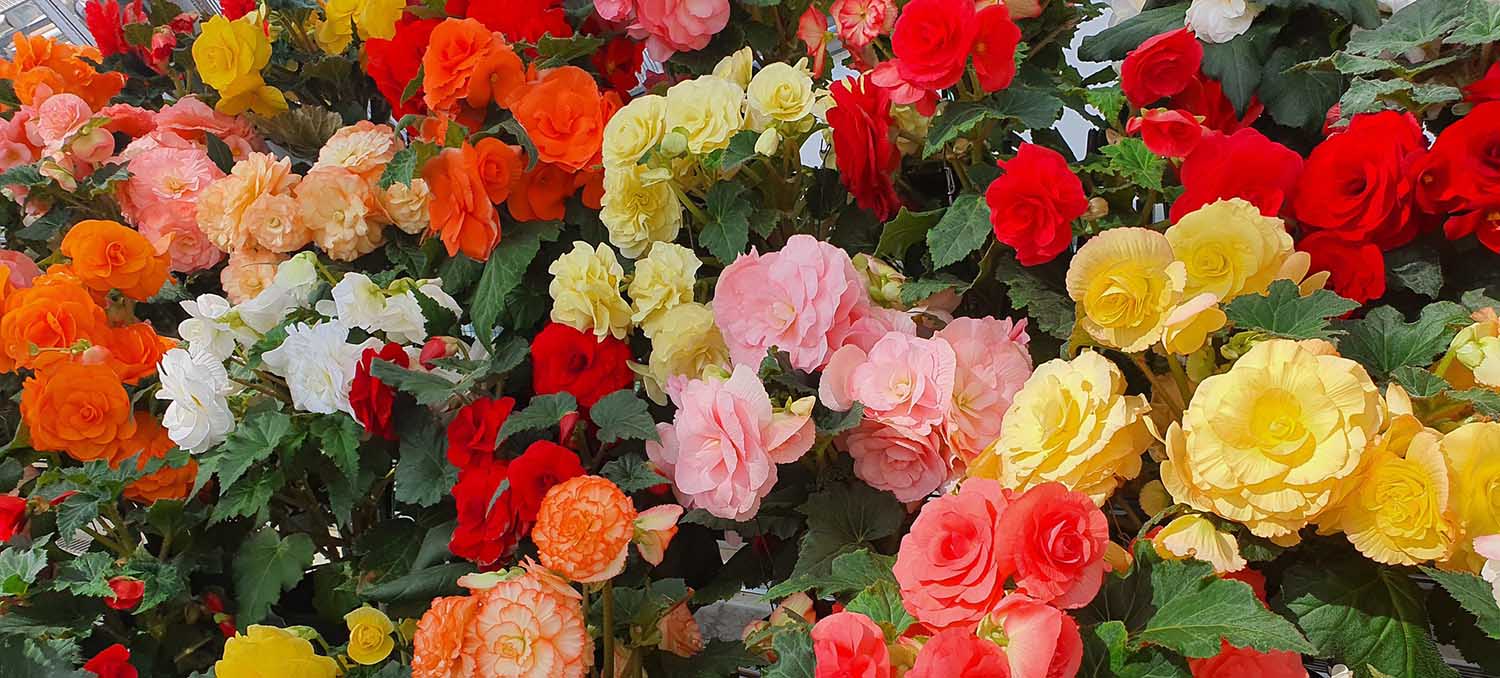
1. Overwintering Begonias in Pots
If you live in a place where it gets really cold, it’s a good idea to bring your begonias inside. Begonias that are grown in pots work well for this. Here’s what you should do before the first frost arrives: gently dig up your begonias from the garden, making sure to get a good chunk of their roots.
Then, put them in new pots and put those pots in a room that’s well-lit but cool, with temperatures between 7°C to 13°C. Don’t give them too much water during this time because they won’t grow much.
2. Digging Up and Storing Begonias for Winter
If you’ve got begonias in hanging baskets or your garden, you can save them for the winter. When the leaves start to shrivel after the first frost, carefully remove the underground parts called tubers.
Let them dry for a few days so they don’t get covered. After that, put them in a cool, dark, and dry spot, like a basement or garage, with peat moss or vermiculite. Every once in a while, check on them to ensure they’re still healthy and not growing mold.
Where to Store Begonias in Winter
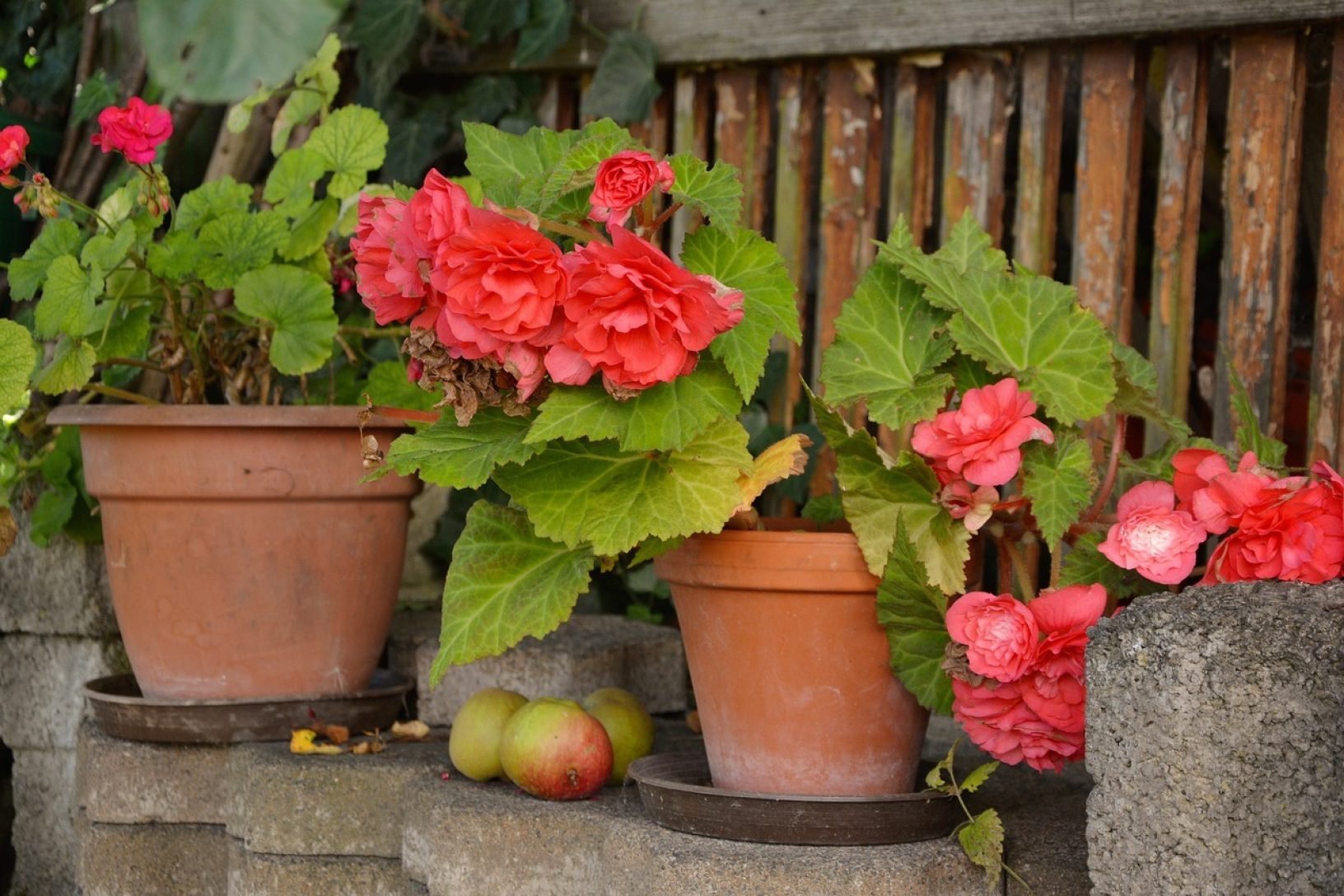
During the winter months, it’s crucial to provide the right care for your begonias, especially if they’re in hanging baskets. To ensure their survival and return in spring, consider these storage options:
1. Indoors
The best way to protect your hanging baskets from the cold is to bring them inside before it gets really cold outside. Find a spot indoors with plenty of light but not too close to windows or heaters. It’s best if the temperature stays between 60-70°F. Doing this will keep your plants safe from freezing and let them rest without harm.
2. Basement or Garage
If you don’t have much room indoors, you can use a cool basement or garage. Just ensure it’s not too cold, staying above freezing but below 10°C. Don’t let the soil get too wet, but keep it a bit damp. Begonias don’t like to dry out completely when they’re resting.
Conclusion
As we’ve seen, the answer is a definite yes, and you can absolutely keep your begonias growing in hanging baskets through the winter months. It’s a smart way to keep these beautiful plants around and enjoy their beauty every season.
Timing is crucial. Start preparing when the weather gets colder, below 50°F. Before it gets frosty, bring your hanging baskets indoors because begonias don’t like the cold. You can keep your begonias healthy in hanging baskets throughout the winter so you can enjoy their colorful blooms year after year.
With a little care and attention during the colder months, your begonias will continue to grow. So, start overwintering your begonias so that they will last for a long time.



